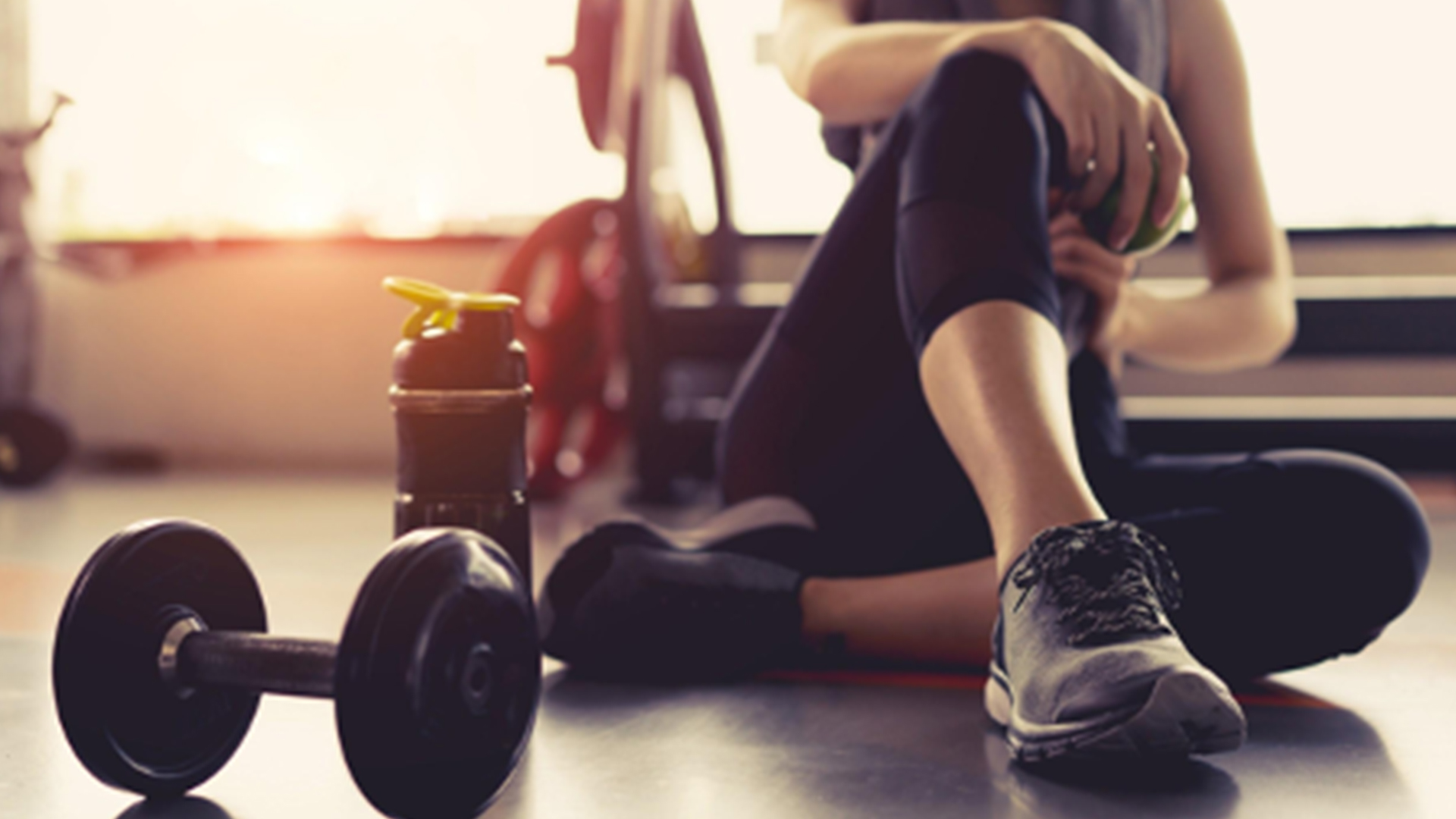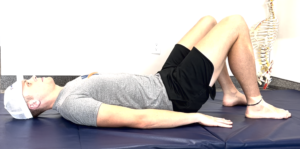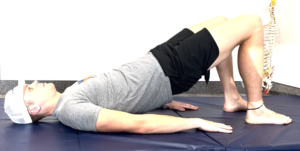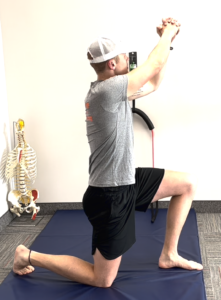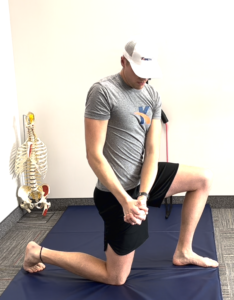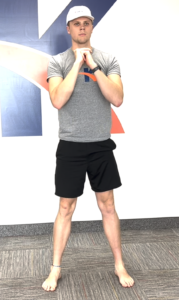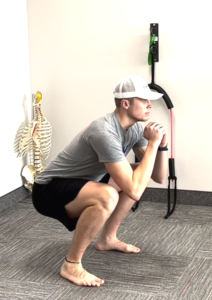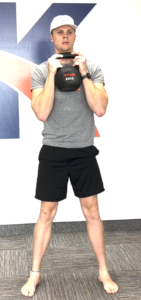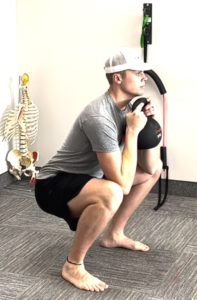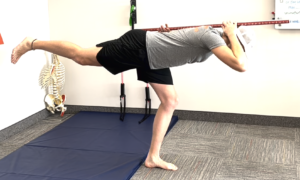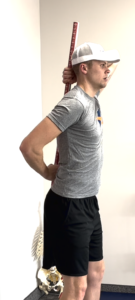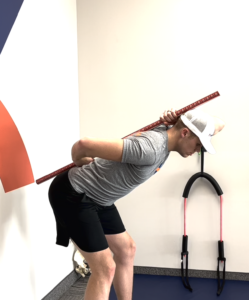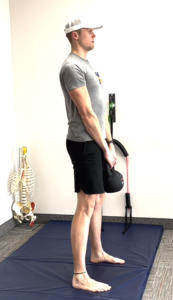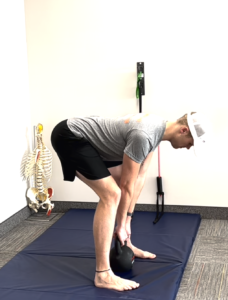5 Movements to Reduce Pain and Improve Mobility
Explore the impact of hypermobility on pain, movements, strength, and muscles in this blog for practical insights on optimizing physical well-being.
If You Still Need to Take The Hypermobility Quiz, Start here!
Hypermobility Quiz
- Have you noticed that you are more flexible than your friends/family?
- Have you ever been called “double-jointed”?
- Do you feel muscle tightness that you cannot ‘stretch away’?
- Do you have a history of seeing a Physical Therapist or Chiropractor without lasting relief?
- Did you score a four or more on the Beighton Hypermobility scale? (Access the test here.)
You might be hypermobile if you answered yes to any of the questions.
What is Hypermobility? (Check out our previous post for more!)
Hypermobility means your ligaments are more flexible than usual, which can cause your muscles to feel tight all the time. Your brain signals your muscles to stay tight to protect your joints because your ligaments lack stability. This means your muscles must work harder to keep your joints in place. Long-term muscle tightness can lead to pain, fatigue, and injury without proper strength training and education.
The 5 Movements
Bridge
Benefits: It helps move from a sitting to a standing position easier by strengthening your glutes, hamstrings, and low back, and stretching the front of your hips.
- Lie down on your back with your knees bent and feet flat on the floor.
- Place your arms by your sides with palms down or on your lower ribs.
- Push your feet into the floor and lift your hips towards the ceiling.
- Hold the position for 1-2 seconds, then lower your hips.
- Repeat for the desired number of repetitions.
The Chop and Lift
Benefits: Functionally strengthens core by holding a proper spine position while moving your arms and slightly rotating (sounds like the bending, lifting, twisting we do daily, huh?)
- Begin with one knee flat on the ground and the other bent in a 90-degree position (see the image below for the position).
- Start with your hands clasped (or weight or band) at shoulder height, and chop downwards across your body while rotating your torso.
- Lift back up to shoulder height while rotating your torso in the opposite direction.
Goblet Squat
Benefits: Squats–we do this when we move from sitting to standing. Stronger legs for daily tasks such as playing with the grandkids, taking care of your pets, getting in/out of the car, and getting off the toilet–all essential things we often do without thinking twice.
- Hold a kettlebell or dumbbell in front of your chest, with your elbows bent and close to your body.
- Stand with your feet shoulder-width apart.
- Lower your body into a squat position by bending your knees and pushing your hips back.
- Keep your back straight and your chest up.
- Pause at the bottom of the squat, then push through your heels to return to a standing position.
Single Leg RDL
Benefits: Whenever we move, we spend most of our time on one leg. Practicing standing on one leg has substantial benefits for improving strength, balance, and coordination.
- Stand with your feet hip-width apart.
- Lift one foot off the ground and shift your weight onto your standing leg.
- Hinge forward at the hips while keeping your back straight, and extend your lifted leg behind you.
- Lower the weight or kettlebell towards the ground as you hinge.
- Return to standing by squeezing your glutes and pushing your hips forward.
- Repeat for the desired number of repetitions, then switch legs.
Deadlift with Kettlebell (start with the pole test)
Benefits: This is how we should lift things to protect our backs, and it is undoubtedly one of the most important exercises to master because of the countless benefits.
Pole test: grab a dowel, PVC pipe, or your broom and place it on your back. Have the pole touch your head, upper back, and butt all at the same time. Then bend forward while keeping all three points of contact. Once you feel confident with this, then you can start lifting weights! But remember, start with light weight.
- Stand with your feet shoulder-width apart, with a kettlebell on the ground between your feet.
- Hinge forward at the hips, keeping your back straight, and grip the kettlebell handle with both hands.
- Engage your core and lift the kettlebell off the ground, keeping it close to your body.
- Pause at the movement’s top, then slowly lower the kettlebell back to the ground.
Need more guidance? We can help.
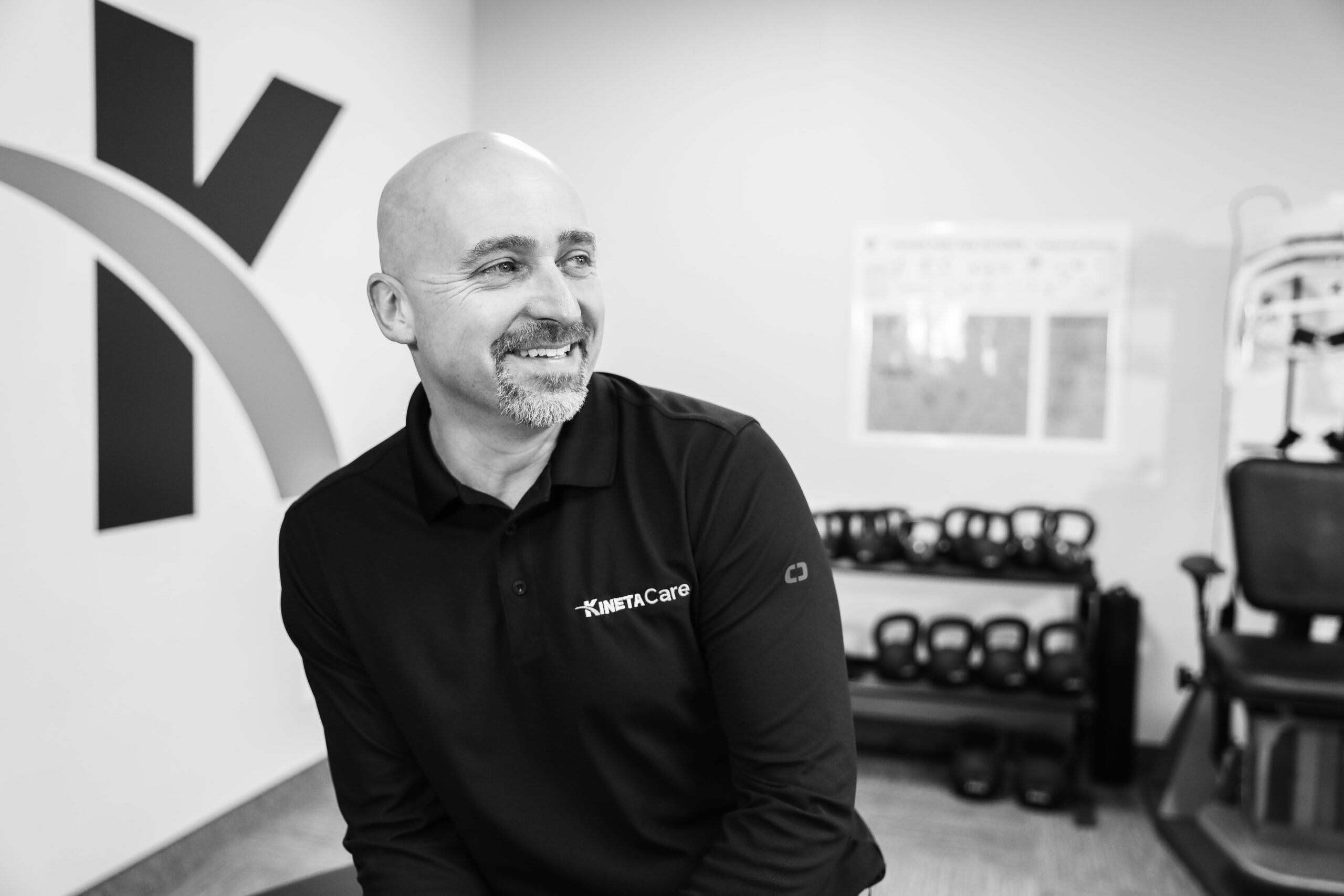 Here are just a few of the things our Physiotherapy Team can do for you:
Here are just a few of the things our Physiotherapy Team can do for you:
- We can create a personalize corrective movement program with you
- We can quickly take away the pain and stiffness, often within a couple of sessions
- We can help you find out what’s going on and get to the root cause of your pain
- We can help you put an end to taking all of those painkillers that are not good for your long-term health
- We help you find a solution, not just temporary relief

We’re thrilled to offer free physiotherapy assessments at KinetaCare Physiotherapy! Our team members are here to listen to you, answer any questions you may have, and help you discover what might be holding you back from living the life you want. Click here to schedule your free assessment today, and let us help you achieve your goals!
Alternatively, you can call us at 616.263.6161 to talk over the phone.



